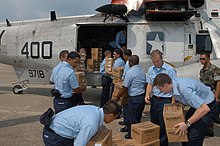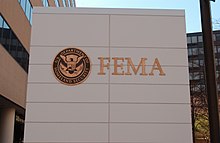Additional info from US Law Shield concerning Firearms and Emergency Declaration...
----------------------
https://www.uslawshield.com/covid-1...vKW4hLVJayLVcM0UVtkkTWl5bs5Sg-5tEnTL0UpcZrU2o
----------------------
----------------------
https://www.uslawshield.com/covid-1...vKW4hLVJayLVcM0UVtkkTWl5bs5Sg-5tEnTL0UpcZrU2o
----------------------











